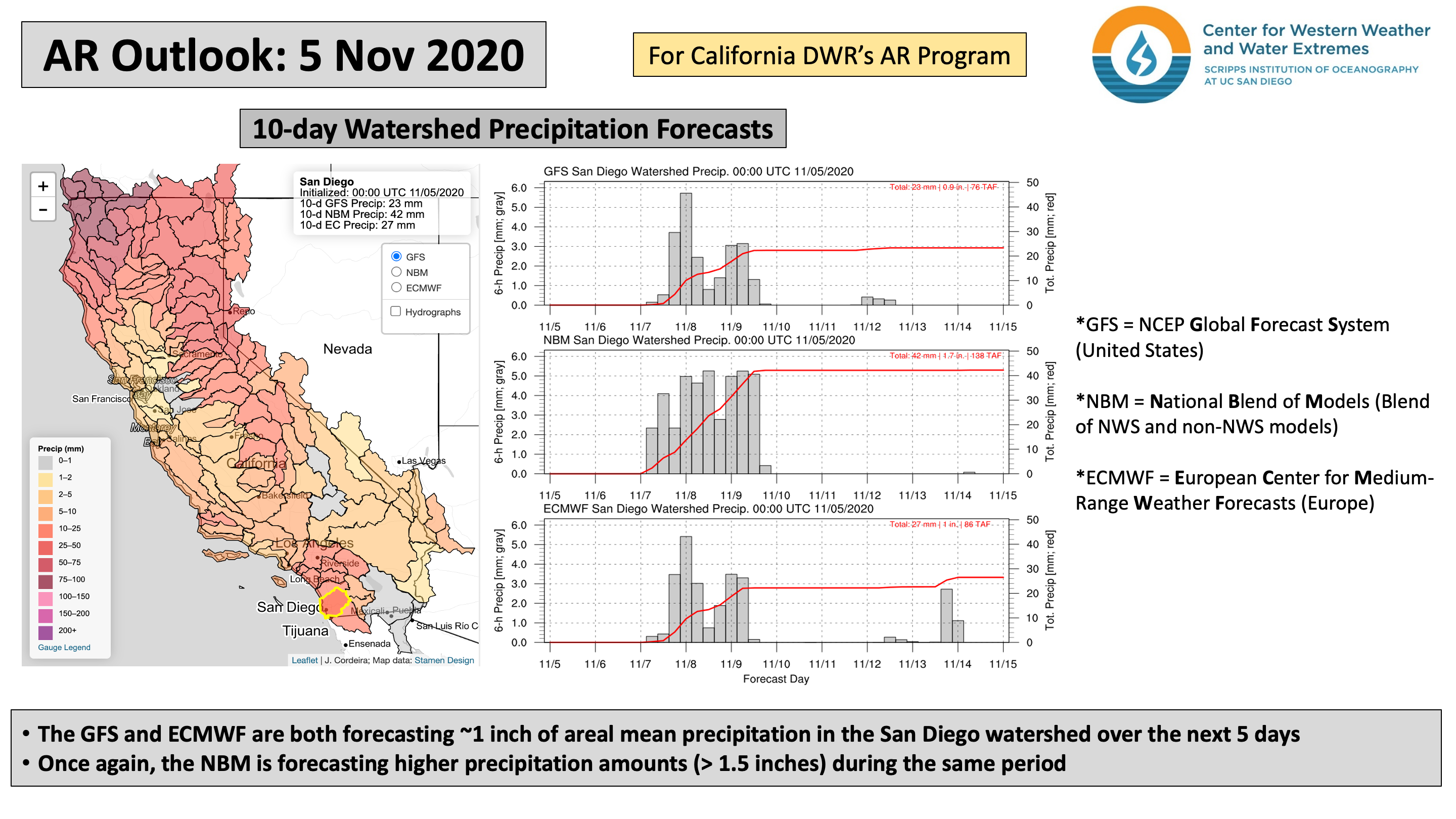CW3E Hosts Fourth Yampa Basin Rendezvous Webinar of 2020: Exploring Uncertainty and Climate Change Impacts in the Yampa River Basin
November 8, 2020
The Yampa River is one of the wildest remaining major tributaries of the Colorado River, and provides crucial water supplies to local stakeholders and to locations as far removed as Arizona and Southern California. A multitude of environmental and societal factors are expected to be affected by climate change in the Yampa River Basin, and are pertinent to other watersheds around the American West.
This summer, CW3E and our partners at Colorado Mountain College, Friends of the Yampa, Yampa Valley Sustainability Council, Steamboat Ski and Resort Corporation, and Vacasa, among others, have virtually come together for four webinars making up the third annual Yampa Basin Rendezvous (YBR). YBR 2020 is a series of four interactive webinars examining the Yampa River Basin through the lens of climate change and seasonal variability. The webinars include talks by regional experts and lively discussions.
The first webinar was held on June 4, 2020, introducing the series and providing an overview of the past year in the Yampa Basin with an eye to this year’s theme of Seasonal Variability. The panelists included Marty Ralph, CW3E Director; Kent Vertrees, with Friends of the Yampa and Steamboat Powdercats; and Nathan Stewart, Associate Professor of Sustainability Studies at Colorado Mountain College.
The second webinar of YBR 2020 was held on July 9, 2020. Webinar 2 was a panel discussion on Changes in Measurement with a Changing Climate, addressing what our measurement data are currently showing and ways we can adapt our strategies to be more effective. The panelists were Mike Dettinger, Visiting Researcher at Scripps Institution of Oceanography; Jeff Deems, Research Scientist with National Snow and Ice Data Center; and Gannet Hallar, Associate Professor of Atmospheric Science at University of Utah.
The third webinar of YBR 2020 was held on September 17th. Webinar 3 focused on the changes we are seeing from shifting seasons and precipitation and how these changes are impacting our local and statewide watershed and forest health. Our panelists were Russ Schumacher, Associate Professor of Atmospheric Science at Colorado State University, Director of the Colorado Climate Center, and Colorado’s State Climatologist; David Stahle, Distinguished Professor of Geosciences at University of Arkansas; and Courtney Peterson, Adaptive Silviculture for Climate Change (ASCC) Coordinator for the Northern Institute of Applied Climate Science.
The fourth webinar of YBR 2020 was held on October 22nd. This webinar delved into the uncertainty and impacts of seasonal variability on our economy, environment and way of life in the Yampa River Basin. Our panelists included David Anderson, Program Director for the Colorado Natural Heritage Program; Todd Hagenbuch, County Director and Agricultural Agent for CSU Extension; and Aneesh Subramanian, Assistant Professor of Atmospheric and Oceanic Sciences, UC Boulder.
The first, second, third and fourth webinars are now available to view online.
These four webinars were part of a larger effort to connect graduate students, post-doctoral scholars, researchers, staff, and faculty from CW3E to the local communities of river basins throughout the west, to share knowledge regarding climate variability and change that has impacts on the environment, people and the economy.
Panelists for Yampa Basin Rendezvous 2020 Webinar 4, held on October 22, 2020.


























